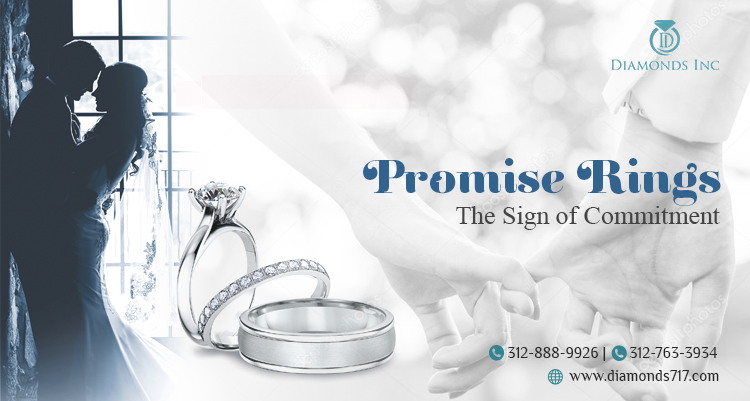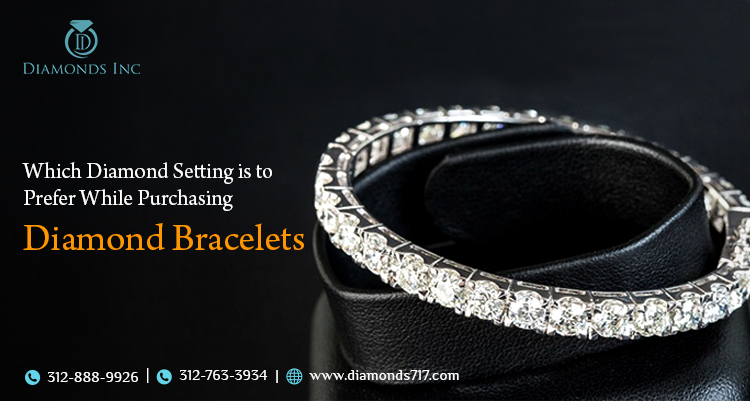New Dawn Diamonds Vs Cubic Zirconia
By Seo Team | July 5, 2018
New Dawn Diamonds and Cubic Zirconia – you must have heard of both of these terms, isn’t it? Yes, it’s quite natural because most of you feel that both of them are identical. If that is the case, then why we will come up with such a topic to discuss with you. Isn’t it?
Now, without wasting much of your time, let us begin with the battle between new dawn diamonds and cubic zirconia and find out what makes them similar and what separates them completely.
Formation:
New Dawn diamonds are most popularly known as lab-created diamonds. These are the pure crystallized version of carbon atoms that are grown in the laboratory. Have you heard of CVD or HPHT methods? These are the abbreviation of Chemical Vapour Deposition process and High Pressure High Temperature process. Lab-made diamonds are grown under these procedures using the advanced form of technologies.
Whereas, Cubic Zirconia is nothing but a cubic crystalline form of Zirconium Dioxide. They are also formed in the laboratory but instead of carbon particles, they use powdered ingredients. These are heated to a melting point and finally cooled to solidify.
Properties:
Lab-grown diamonds are also termed as synthetic diamonds. They hold the actual carbon atoms arranged in a diamond crystal structure. Due to its natural composition and method of formation, they exhibit the same physical, optical and chemical properties like the natural organic diamonds. Since these diamonds possess all the characteristics of a real diamond, they are graded in a similar way and same methods are used to detect these diamonds from a fake one.
But, this is totally different in case of Cubic Zirconia. Cubic Zirconia is formed in such a way that it looks exactly the same as that of a real mined diamond. But they fail to possess any other optical, or chemical properties. Or in one word you may say, it imitates the diamond appearance. That is the reason why, they are basically named as Diamond simulants.
Some key features of Cubic Zirconia based on the properties that distinguish it from a lab-grown diamond are as follows:
Hardness:
Cubic Zirconia has a rating of about 8 on the Mohs hardness scale, whereas diamond rating is about 10 on that same scale. Thus, the crystals of Cubic Zirconia have dull and round off edges, while the edges of a diamond remain sharp. Furthermore, the polish marks are visible in case of CZ but you will rarely find any on a true diamond.
Specific Gravity:
We all know, a diamond is well-known for its hardness. But you will be surprised to know that, the density of Cubic Zirconia is approximately 1.7 times of that of a diamond. Now, the question that arises – how to detect the true one between the fake stone and the lab-made diamond? This can be solved if you drop the stones in heavy liquids. You will find that the diamond is sinking more slowly than Cubic Zirconia.
Refractive Index:
Refractive index of CZ ranges from 2.15-2.18. Whereas that of a diamond is about 2.42. Now if you try to identify them using immersion techniques, you will find that the stones having the refractive index higher than the liquid is having dark borders around the girdle and light facet edges, whereas, the one with the lower index is having a light border around the girdle and dark facet edges.
Dispersion:
In comparison to diamond, Cubic Zirconia has a dispersion of about 0.058-0.066 range. But diamond, on the other hand, is about 0.044.
Cut:
If compared with true diamonds, the edges of Cubic Zirconia can be either rounded or smooth, but as you know the edges of a diamond are always sharp.
Color:
According to GIA grading scale, the diamonds that belong to D, E, and F category are colorless. But the one that falls into G, H, I, and J category are near colorless. Lab-made diamonds usually have fancy color ranges, but nowadays these can also be obtained in colorless ranges. Now coming to Cubic Zirconia, these particular diamond simulants are often colorless, thus engraving its name in the D category of the grading scale. And if by chance, you get to explore its near colorless ranges you may discover yellow, pink, purple, green and even multicolored stones.
Thermal Conductivity:
A diamond is not only known for its hardness but also well-known for its thermal conductivity. But Cubic Zirconia is not considered as a very good thermal insulator like a diamond. You can easily check this out if you try out the Wenckus’ identification method.
Therefore, now it is clear to you that except for the source of origin and their physical appearance, the New Dawn diamonds differ far away from Cubic Zirconia.
So, what are your plans for purchasing your engagement ring? Well, in this case, we will suggest, if you are likely to spend on diamonds, then you should opt for the lab-grown diamonds. But if you feel you can’t afford that much you can simply rely on the simulants.
However, if you are purchasing true lab-created diamonds, then Diamond district will be the best place to buy your engagement ring in Chicago. Have you been there? If not, then this is the time to explore the ocean of diamond collection and buy one of your choices.
Related Blog





